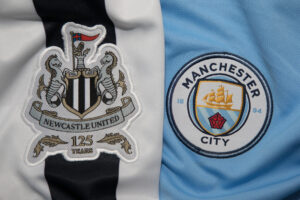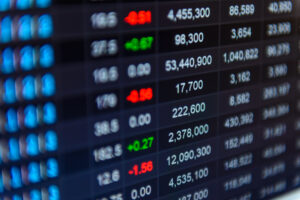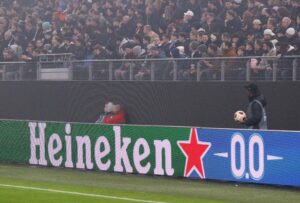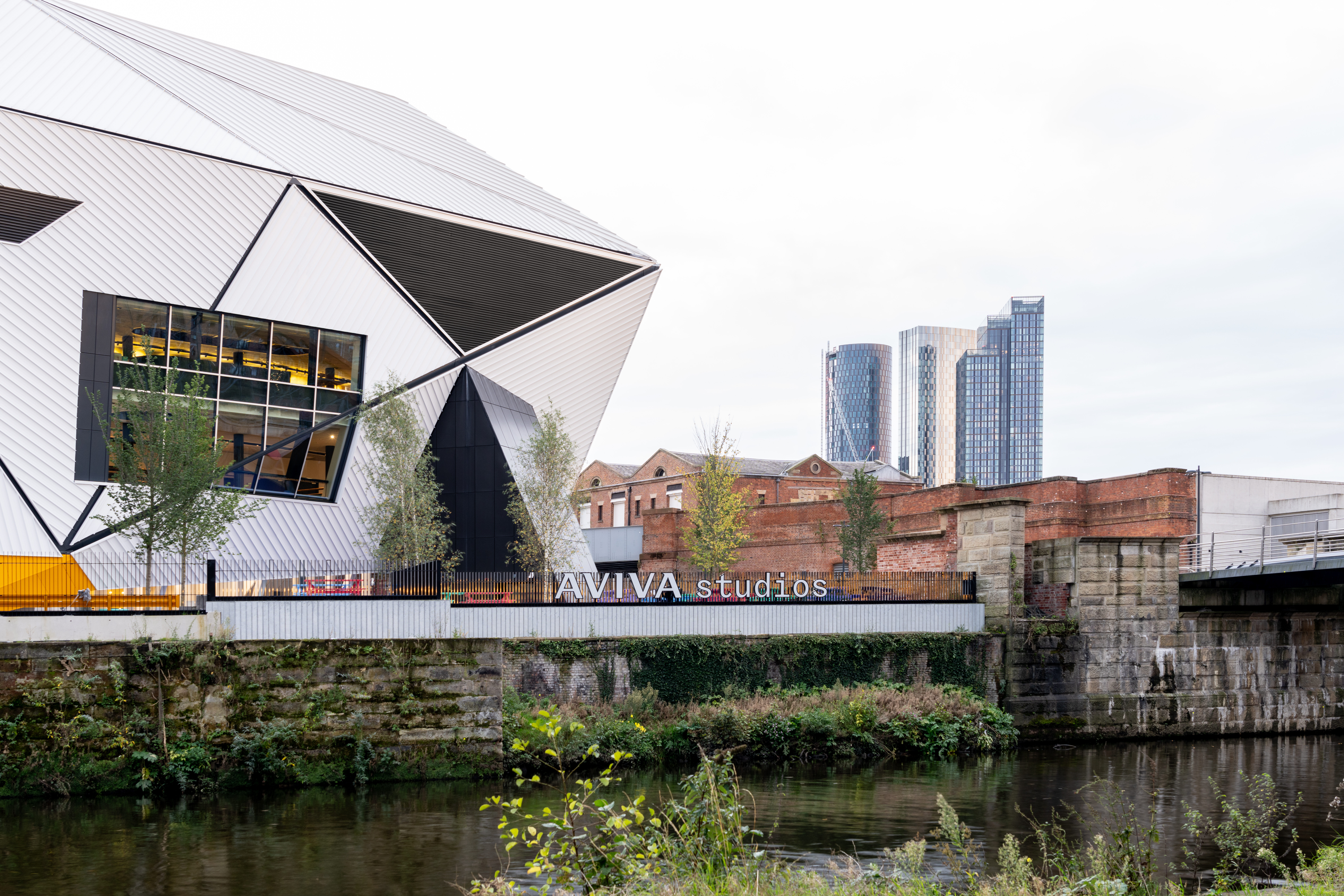The Masters: Golf’s most exclusive sponsorship – and why brands still line up
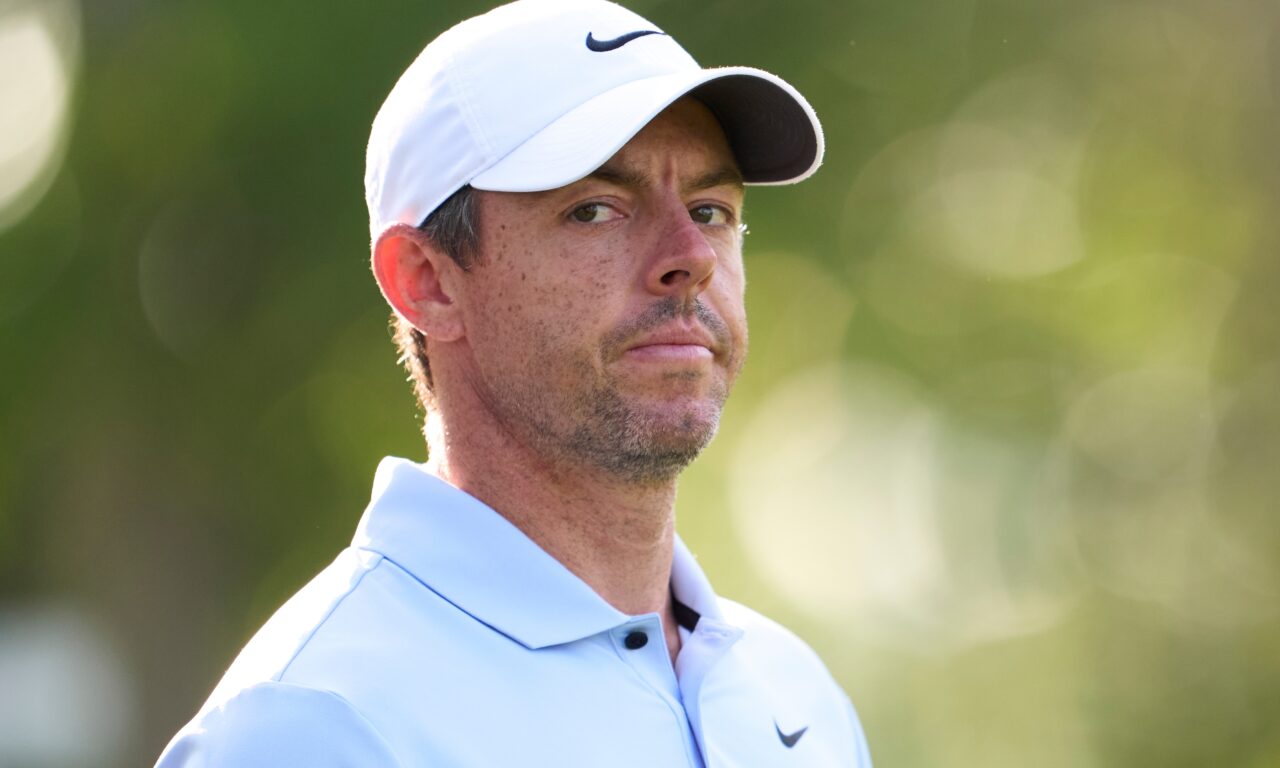
Each April, the world’s most prestigious golfers descend on Augusta National Golf Club for The Masters — a tournament steeped in tradition, exclusivity, and immaculate presentation. But beyond the azaleas and green jackets lies one of the most distinctive sponsorship models in sport.
Unlike other global sporting events, where brand logos are plastered on every available surface, The Masters has long rejected the trappings of modern commercialism. There’s no signage on the course. No branded water bottles. No celebrity-stuffed hospitality tents. And yet, the event still delivers enormous value to the handful of brands lucky enough to be involved.
So, what makes The Masters approach so different, and why are brands so keen to be part of it?
Sponsorship on Augusta’s terms
The Masters is famously selective. Only a handful of brands are allowed to sponsor the event each year and even then, they do so almost entirely on Augusta National’s terms. Broadcast partners are limited, commercial airtime is reduced, and all branding must adhere to Augusta’s famously strict aesthetic.
This deliberate scarcity is no accident. Augusta National doesn’t operate like a typical commercial property, it doesn’t chase revenue, it curates excellence.
In that context, sponsors become not just partners but caretakers of the event’s image.
The brands behind the green
The Masters sponsorship roster includes IBM, AT&T, Mercedes-Benz, Delta, Rolex, and UPS. These are global brands that don’t need volume exposure — they need prestige, association, and credibility. And The Masters delivers.
Take IBM, for instance. A sponsor since 1996, the brand is responsible for much of the Masters digital experience — including its world-class website and app. The partnership is seamless: IBM gets credit for powering innovation, and Augusta retains its minimalist image.
Similarly, Rolex’s quiet presence reinforces its longstanding association with tradition and excellence. For Mercedes-Benz, aligning with an event known for elegance and exclusivity helps reinforce brand stature without shouting.
Value through exclusivity
While the actual number of viewers isn’t as high as, say, the Super Bowl or World Cup Final, the quality of audience is what makes The Masters sponsorship so valuable. It's a C-suite-heavy, affluent, global audience, the kind of demographic that most brands can only dream of reaching. For more on engaging this audience consider the following article: Engaging High-Net-Worth Audiences Through Sponsorship: A Delicate Balance of Values and Virtues.
And with limited commercial slots during broadcasts and only a few visible sponsors, each brand stands out. You’re not one logo among fifty — you’re one among six.
The anti-sponsorship sponsorship
The Masters is often called “the Super Bowl for people who hate the Super Bowl” — and its sponsorship model follows suit. This is anti-flash, anti-hype, and anti-noise. But it works.
By resisting the temptation to over-commercialise, Augusta has created a sponsorship model that is, ironically, one of the most powerful in sport. Less really is more — and for brands that are willing to play by the rules, the rewards are significant.




